Introduction
Hi Guys! Welcome to Part Two of my ‘Play to Win’ series. This article focuses on two simple ideas:
- You should always be the last player to mulligan your cards.
- You should always rope every single turn.
I’ll spend quite a bit of time explaining why this is the case.
As always, likes & comments are welcome. Enjoy!
Recapping Part One
For those of you not familiar with Part One, let me offer a quick overview. David Sirlin wrote a book about fighting games entitled Playing to Win. I took a number of his concepts and applied them to Hearthstone. My article (and his book) is all about attitude, in particular, it is about developing a winning mentality. Many players are simply unaware of the vast number of mental barriers that are hindering their success.
Part Two is only indirectly linked to Part One. Parts Two and Three are about exploring various devious tactics we can use to win. Some of you may find that the advice/tactics espoused in the rest of this series a hard pill to swallow: you might, for example, tell me that “Roping every turn is a cheap tactic.”
Part One was written with such a player in mind. It is my hope that by reading the first part of this series you have gained the ability to look beyond the ‘cheapness’ or ‘dishonorable nature’ of the techniques I am going to show you and be able to see them for what they truly are: ways to win in Hearthstone.
Okay. Let’s begin!
Measuring Success
In Hearthstone, there are two basic ways to measure success:
- Wins-per-Hour ( Wins / Time Played )
- Win Percentage ( Wins / Total Games )
Wins-per-Hour is a great metric for ‘Gold-Farming’, and the early season ladder grind (e.g. games from Rank 25 to Rank 5). Meanwhile, Win Percentage is a great metric for when you are playing high-stakes games (e.g. tournament games, when you are a few stars from Legend, an Arena game at 11 wins, etc).
In the next two sections I am going to talk about two techniques that can help win you games. With that said, both of the techniques slow gameplay, and so therefore it is likely that the use of these techniques is going to reduce the number of games you can play per hour. Therefore, this article assumes that you are more interested in ‘Win Percentage’ than you are in ‘Wins-per-Hour’.
With that distinction in place, let’s get to ‘the meat’ of the article…
Blink First and You Lose
This section is all about the mulligan phase of the game.
OBJECTIVE: I’m going to try to explain why you should never make your mulligan decision before your opponent makes his/hers.
I going to try to convince you of that claim in two ways: [1] Proving it theoretically, [2] Showing you in-game examples.
The ‘Theoretical explanation’ requires that you be interested in ‘Game Theory‘ and Logic. You can find the content by clicking on the spoiler below. While some of you may find it interesting, others may find it hard reading (While I did my best to explain this content; the content itself is complex and sometimes counter-intuitive). If you prefer, it can be skipped. The only thing from the spoiler that you need to know is when I say ‘Blink First’ in the rest of this article, this means that you make your mulligan decision before your opponent makes his/her decision. ‘Refusing to Blink’ means waiting for your opponent, using all the time available if necessary.
[spoiler title=”Game Theory Explanation”]
THEORETICAL EXPLANATION
Let me start by drawing a pretty table. The next few paragraphs will try to explain what it represents.
| Player Two ‘Blinks’ | Player Two ‘Refuses to Blink’ | |
| Player One ‘Blinks’ | 2,2 | 0,3 |
| Player One ‘Refuses to Blink’ | 3,0 | 1,1 |
The above table is a ‘payoff matrix’ that represents how much utility a player can get when they follow a particular strategy. In this case, each Player has two strategies; [1] ‘Blink’, [spoiler] ‘Refuse to Blink’. In an attempt to make it easier to read I have color coded the table: Numbers in Blue represent Player One’s payout and numbers in Yellow represent Player Two’s payout. So for example, if both players choose to use the ‘Blink’ strategy they each get two points.
In the rest of what follows we are going to assume that it is the goal of each player to get as many points as possible.
This table is an attempt to model the mulligan phase in Hearthstone: How does it do that? Well, for simplicity of analysis I shall assume that there are two (and only two) strategies available to each player during the mulligan:
- Player X picks the cards they want to keep and then reveals this decision after exactly 10 seconds (in the above table, I call this ‘Blinking’).
- Player X picks the cards they want to keep and then lets the mulligan timer run out (in the above table, I call this ‘Refusing to Blink’).
With the results and strategies as they are, I have constructed a ‘prisoner’s dilemma‘. Let’s now try to understand this ‘Mulligan Game’.
If we refer back to the table, we know that if each player has two strategies then there are four possible outcomes: let’s start by looking at two of them:
- If both players wait until the timer (i.e. both players ‘Refuse to Blink’) then neither player gain a competitive advantage. 1 point each. This is the Nash Equilibrium of the game.
- If both players ‘Blink’ at the same time then neither player gains competitive advantage over the other. 2 points each. This is the Pareto optimal solution to the game.
You might be wondering why in one case both players get 1 point each and in the other case both players get 2 points each. This discrepancy essentially models time wasted.
A simple way to explain this ‘time wasted’ concept would be to imagine a coin toss: If heads I get $10, if tails you get $10. Now imagine that the coin toss is scheduled to happen in an hour and that neither of us can do anything until the coin is flipped. Given these assumptions, wouldn’t you agree that both players benefit if we flip the coin now rather waiting a whole hour?
Let’s look at the third possible outcome of the game (since the game is symmetrical, the fourth outcome is exactly the same as the third outcome but with the players reversed):
- If Player One reveals his/her mulligan decision (i.e. Player One ‘Blinks’) and Player Two waits (i.e. ‘Refuses to Blink’), then Player Two has gained an advantage over Player One.
What is the nature of that advantage? Suppose that Player One during his/her mulligan keeps a card and throws the rest back. Because Player Two waited, he/she can use this information to inform his/her own mulligan decision.
As a matter of fact, we can prove mathematically that the correct (i.e. most logical) way to play the game is to always ‘Refuse to Blink’. For those interested, here is a proof:
- Imagine that both players chose to ‘Blink’. In this case, both players get 2 points each.
- But, if you think that your opponent is going to ‘Blink’ then the best response is to ‘Refuse to Blink’. This action earns you 3 points instead of 2 points.
- Now look at the game from the other player’s perspective: “If I ‘Blink’ then my opponent’s best response is to ‘Refuse to Blink’. If they do that, then I get 0 points. If however, I also ‘Refuse to Blink’ then I get at least 1 point”
- And so, somewhat paradoxically, we end up in a situation where both players end up getting 1 point each and neither player can unilaterally improve their payout. QED ?
So there you have it! The mulligan phase of the game can be modeled as if it were a Prisioner’s Dilemma, and thus we can use the results of that research to explain this small aspect of Hearthstone. In short: Never Blink First!
If you don’t understand the above explanation; don’t worry, the actual in-game examples will probably help. 🙂
***END OF SPOILER TEXT*** [/spoiler]
Okay, so let’s look at some in-game examples of this ‘Never Blink First’ principle in action.
‘IN-GAME’ EXPLANATION
I have two examples of this ‘Never Blink’ principle. The first example is about guessing which Warlock archetype you are facing. The second example is taken from a Warrior game, which is far more subtle and difficult to understand but I do genuinely believe it showcases a good skill to have.
The examples are self-contained and therefore one (or both) can be skipped. Okay, let’s get started!
[spoiler title = “Introductory Warlock Example”]
WARLOCK EXAMPLE
Imagine for a moment that you bump into a Warlock on ladder, and they have the coin. You quickly make your mulligan decision. A few moments later, you watch the Warlock throw every single card back into his deck. Conventional wisdom says that this action typically means that you are more likely to be facing a Handlock deck than you are to be facing a Zoo deck. Now here’s the million dollar question: If you knew that Handlock was more likely than Zoo when you made your mulligan decision, would you have done anything differently? Are you, for example, happy about throwing back Big Game Hunter?
In the following clip you can clearly see ‘Forsen‘ using this tactic:
https://youtu.be/qaa7blF6D8k?t=5s
Now consider this same situation from the Warlock’s perspective: If your opponent mulligans for Zoo when you are in fact Handlock (or vice versa) then it is sometimes possible for you to pick up an easy win, since they might not have the cards they need beat you. This demonstrates that, when playing as a Warlock, your mulligan provides valuable information to your opponent.
The important point to realize is that giving away this juicy information is entirely avoidable: All you have to do is make sure that you are not the player that ‘Blinks’ first. As a matter of fact, ‘Refusing to Blink’ is one of the simplest little tricks you can learn to increase your win rate. Interestingly, this trick is more effective the higher your rank!
Zoo has however been phased out of the GvG meta, and so this example is a little dated. But in principle, the above logic is sound and can be potentially applied to any future Hearthstone meta. For this tactic to work, there are three requirements that need to fulfilled:
(1) That the class in question has two decent — and popular — archetypes
(2) That when playing against this class you need to mulligan for different cards depending upon which archetype you are facing.
(3) That one of the archetype’s mulligan is more aggressive than the other.
***END OF SPOILER TEXT*** [/spoiler]That was the basic example, how about a more advanced one?
[spoiler title =”Advanced Warrior Example”]
ADVANCED WARRIOR EXAMPLE
When laddering up during the February season I happened to bump into ‘Rdu‘. I was playing a Control Warrior and Rdu was playing Paladin. If interested, you can watch the game from my perspective here. Anyway, let’s role the relevant clip:
https://youtu.be/qaa7blF6D8k?t=1m4s
Let me explain what’s going on here.
Rdu’s Hand: Zombie Chow, Knife Juggler, Harrison Jones, Defender of Argus, The Coin
As it so happens, RDU has a rather decent hand against a Control Warrior (no wonder I lost the game, lol). Many players would probably keep the whole hand. However, Rdu chooses to throw back Defender of Argus. You can clearly hear him explain his thought process, the gist of which is: “If [Smashthings] mulligans his whole hand I’ll keep Zombie Chow, Knife Juggler, and Defender of Argus…but If [Smashthings] keeps a card I will throw back Defender of Argus”…But why?
Rdu predicts — quite rightly, I should add — that the card I kept is Fiery War Axe. In this situation, you throw back Defender of Argus because it is likely to be a dead card: e.g Turn One Zombie Chow followed by a Turn Two Knife Juggler is likely to be met with two ‘Win-Axe’ swings from the Warrior, which therefore means that Turn Three Defender of Argus (with coin) does not have anything to buff. But What if the Warrior does not have ‘Win-Axe’? Then, in this case, Turn Three ‘Coin + Defender of Argus’ is likely to be a very strong play.
Basically, the strength of keeping Defender of Argus in the starting hand is, to a large extent, dependent on whether the Warrior has ‘Win-Axe’ in his/her starting hand (or not): guessing correctly increases the probability that you will start the game with a useful card.
Rdu is using several skills at once here: He understands the Paladin versus Warrior match-up and he understands Control Warrior well enough to know how I am likely to mulligan. But these skills — while obviously important — are not pertinent to the present discussion.
Rather, the relevant question is: How did Rdu get a small advantage over me before a single card was played? Answer: He threw back Defender of Argus. Okay, but how did Rdu know to do that? Answer: He simply waited to me to mulligan first! He saw me keep a card and guessed that card was likely to be ‘Win-Axe’.
An important point to note is that the information Rdu used to increase his chances of winning was information I had given him for free. In order to prevent giving Rdu all this free information all I had to do was let the mulligan timer hit zero.
After reading this example you might be wondering how much of an advantage can this sort of tactic give you?
My answer is somewhere in-between “I don’t know” and “it doesn’t matter”. Remember that in Part One I tried to convince you that ‘playing to win’ is about taking any advantage we can get: the size of the advantage is less important than the simple acknowledgement that there exists an advantage for us to exploit.
***END OF SPOILER TEXT***[/spoiler]
…And that’s why you should always be the one to mulligan last!
After reading all this some of you may now be feeling a bit depressed, you might feel that if everyone follows this advice then Hearthstone ends up being a less enjoyable game to play. After all, that time waiting for the clock to hit zero could be better spent playing the game!
For what it is worth, I agree. However, I want to remind you of the lesson I tried to teach you in Part One: the people who ‘play to win’ will take any and every advantage they can get. And it is precisely because the tactic is effective that those players are not going to stop using it, no matter how ‘boring’ or ‘anti-fun’ it makes the game.
Thus, the rather sad reality is that you as a player have a rather ugly choice: either (a) you play on an equal footing with your opponent or (b) you avoid the boring wait but play your games at a distinct — and sometimes sizable — disadvantage.
Lastly, I would say that it is foolish to blame players for ‘exploiting’ this system: if you are saddened/enraged by my advice then I would recommend that you direct your feelings at Blizzard for creating a faulty system in the first place. Blizzard decided to not reveal mulligans of each player simultaneously, and that’s why this tactic works. Blame them, not the messenger!
Update: 25/03/15: Blizzard seems to be aware of this problem and does aim to address it at some point. Ben Brode (Hearthstone Dev) wrote on Twitter (Link):
BBrode: “[We] agree that it should change [ideally we would hide it], just a matter of figuring out how to prioritize it.”
All The Time in the World…
This section is all about time in Hearthstone.
OBJECTIVE: I’m going to argue that you should Rope every single turn of the game.
Why? Because roping every turn can improve your win percentage. It does this through three basic mechanisms:
- Playing slowly may annoy your opponent (particularly if the opponent is trying to play a ‘Wins-per-Hour’ strategy). Your slow play may annoy your opponent enough that they instantly concede or misplay due to frustration.
- The more time you spend thinking, the more likely it is that you will make strong moves and avoid misplays.
- Varied ‘Play Speed’ gives free information to the opponent: By roping each turn you deny your opponent access to this sort of information.
Of the three points above, I’m going to look at two of them. Once again, the discussion in the spoilers is self-contained and can therefore be skipped, if you so wish.
Update (07/04/2015): After reading the comments it became clear to me that a subtle point was being missed: Of the three reasons to rope every turn I do not consider them all equal. Reason (1) is a pretty poor reason to rope every-turn, Reason (3) is a bit better but both of these reasons are completely dwarfed by Reason (2). In my opinion the main reason (by far) you should rope is because it improves the quality of your plays, the other stuff is just a bonus.
[spoiler title = “Point Two: Thinking Equals Fewer Misplays”]
Chess, like Hearthstone, is a game that is essentially about the conflict of resources. Some of the resources even appear to have some cross-over (e.g. concepts of ‘Tempo’ and ‘Initiative’ are similar in both games). However, there is one Chess resource that does not really have an analogue in Hearthstone: ‘The Clock’.
On the internet ‘Bullet Chess’ is one of the more popular ways to play Chess. ‘Bullet’ is a reference to speed: in these games you have one-minute for all moves. In Chess (especially Bullet Chess) there is a certain amount of strategy involved when using the clock: You can trade time just like you would any other resource. For example, I can always choose to play a move quickly at the cost/risk of playing a bad move. In such instances, we can say that I am making the decision to trade board position in favor of time (as a matter of fact, bad moves played quickly win bullet games with alarming frequency).
That is how time in Chess works; in Hearthstone the way time works is completely different. Instead of having ‘X time for Y moves’ (Chess), Hearthstone gives us ‘X time per-move‘. As a consequence, ‘The Clock’ is not really a resource in Hearthstone like it is in Chess.
In Chess, there is a direct penalty for playing a move slowly (i.e. you have less time for all future moves), whereas in Hearthstone there is absolutely no penalty for using every single second of the allotted time per turn. So what do you think would happen if I rounded up a bunch of professional Chess players and got them to play Hearthstone? My guess is that they would rope more or less every single turn. Why? Because they can!
With this said, if you want to improve your win rate it is not the best idea to use all your time each turn for the mere sake of it. What I mean is that, if you think about your move for twenty seconds and then allow your mind to become idle for the next twenty seconds you are not really gaining much by spending forty seconds on a turn (beyond annoying your opponent and avoiding telegraphing. I’ll talk about ‘telegraphing’ later on).
Instead, I would strongly recommend that you try to develop thought processes that require you to think for all of the allotted time each and every turn. That way, when you rope each turn you get the maximum benefit possible. How do you deepen your thought processes? Well, doing research can help with that: If, for example, you do everything I suggest in this article during Turn Two in an Arena game, chances are you will make yourself rope. And that is a good thing!
We should perhaps take our lead from some of the best players: As of writing (11/03/2015), Lifecoach is the number one ranked player in the world (according to GosuGamers). This guy plays so slowly that he has acquired a few nicknames, such as ‘Rope-Coach’ or ‘Slow-Coach’. He plays so slowly that commentators often jokingly refer to Nozdormu being the ultimate ‘anti-Lifecoach’ tech card.
During a tournament, this dragon did happen to pop out of a Sneed’s Old Shredder. Did Lifecoach crumble under the time pressure? Not really, Lifecoach was able to make a large amount of decent moves quickly. In other words, Lifecoach can play the game quickly but he chooses to take his time on each and every move.
I haven’t spoken to him, but if I were to ask Lifecoach why he takes so long on every turn, my guess is that his answer would be something along the lines of “That’s how long it takes for me to make a decision.” Personally, I think Lifecoach is one of the few pro-players that has mastered the art of ‘deep thought’.
With that said, Lifecoach also has a background in Poker. And so therefore, his answer to my question might also elude to some of the contents of the next spoiler…
***END OF SPOILER TEXT***[/spoiler][spoiler title =”Point Three: Play-Speed Reveals Information”]
Basically this idea is that the speed at which a turn is played can telegraph what cards a hand contains.
For now I want to make a very basic point about play-speed (note that this is a simple heuristic, not an iron-clad infallible rule):
- Fast Play = Easy Decision.
- Slow Play = Hard Decision and/or Multiple decent options.
Why this is often the case ought to be obvious: the harder a turn is the more time it takes for our brains to process possible moves. Whereas, if a play is obvious, we often feel that we might as well just do it instead of ‘wasting time’ thinking about it. Of course, as this section aims to show, it is not actually a waste of time thinking about it!
So, if an opponent is taking his/her sweet time, this often suggests there are several (equally good/bad) lines of play and that they are trying to decide which one is best. Conversely, if they make their move quickly, then chances are they have one good/okay option and several terrible ones.
Let’s look at a few examples:
EXAMPLE ONE: Imagine you are a Combo Druid (i.e. Force of Nature + Savage Roar) and have 9 mana (next turn) playing against a Control Warrior with 10 life.
The Warrior chooses to…
…play Shieldmaiden instantly. Hero Power. Pass.
Reasonable Inference: The speed of play suggests that this was the Warrior’s only good way to gain enough life to survive combo.
…play Shieldmaiden after considerable thought. Hero Power. Pass.
Reasonable Inference: The Warrior has several possible ways to deal with combo. He/She probably doesn’t have Shield Block (since he/she is likely to have played that alongside Shield Maiden), but may have Taunt (i.e. Sludge Belcher), Life/armor gain (i.e. Alexstrasza), and/or spell mitigation (i.e. Loatheb).
With this all said, there is an alternate hypothesis: The Warrior only had one way to defend against the Druid combo, but was spending considerable time wondering whether to play around the combo or not.
Considering the fact that all we are studying is the speed at which the Warrior plays his/her turn I would say we managed to get quite a lot of information here! Over the next few turns and through the use of other clues, you should be able to narrow the list of possibilities down and make more accurate predictions about what the opponent is/was actually thinking about.
Moreover, it is not just the speed at which our opponent plays the turn that yields vital clues as to what cards they are holding. It is also in the moments which they pause during the turn that can garner important clues.
EXAMPLE TWO: Imagine a Druid that plays a Druid of the Claw on Turn 5, when you have a 2/1 minion in play.
…Your Opponent takes a long time. He/She eventually decides to play the Druid of The Claw and then Pass.
Reasonable Inference: The Druid has other possible plays to consider. Hero Power + Three-drop? Wrath 2/1 for card draw? A different 5-drop (e.g. Spectral Knight)? Innervate shenanigans?
Alternate Hypothesis: The Druid was trying to figure out which mode to put the Druid of the Claw in (e.g ‘Bear form’/’Cat form’).
…Your Opponent very quickly plays Druid of the Claw (‘Bear form’). He/She then spends a considerable amount of time doing nothing. Pass
Reasonable Inference: Your opponent knew that he/she wanted to play Druid of the Claw this turn and so they played it quickly. But then she/he paused to think with zero mana remaining. A good read is to assume that your opponent has Innervate in hand and is now considering whether is worth innervating Wrath/Hero Power to kill our 2/1.
What we can see here then, is that pausing after playing the Druid of the Claw telegraphs Innervate. You might be able to use the information later in the game to your advantage (e.g. you start defending against Force of Nature + Savage Roar combo as early as Turn 7).
EXAMPLE THREE:
And lastly…Here’s a quick clip taken from a Hunter game of mine (Arena), watch as I play a bunch of minions and then — when I have zero mana remaining — pause to wonder whether I should play Hunter’s Mark or not. This was an error: Why? The pause needlessly telegraphs a card in my hand! I should have done all my thinking at the start of the turn (note: the audio isn’t great but hopefully it’s watchable). 🙂
https://youtu.be/qaa7blF6D8k?t=1m54s
Okay, so hopefully that gives you good insight as to how you can get important reads on your opponent by just studying the time they take to make a move.
How do we defend against our opponents reading us in a similar fashion? The simplest thing to do is try your best to rope every turn.
***END OF SPOILER TEXT***[/spoiler]
Would Hearthstone become more boring if everyone followed my advice and roped every single f****** turn? Yes, it probably would. But once again let me state ‘play to win’ guys will always do whatever it takes to win. Moreover, if Blizzard does not wish for roping to be a legitimate tactic they could always opt to change the game (e.g. introduce Chess clocks). So once again, let me reiterate: Don’t blame the player, blame Blizzard!
Conclusion
The end. My hope is that you guys now understand why roping every turn and being the last to mulligan is a good idea. Whether you choose to use these tactics is entirely up to you.
The only thing left to say is please feel free to check out Part One/Three if you haven’t already and don’t forget to leave a like and/or comment on this article!
A Quick Look at Part Three
The third and final instalment of my ‘Playing to Win’ series is going to take a close look at some of the various ways you can squeeze out a win/advantage via bluffing. And when you actually study the subject you will realise that the are tonnes of ways to do it. Moreover, bluffing has been used at high-levels of play, which means that bluffing isn’t some sort of ‘gimicky’ tactic that only works on newer players. On the contrary! Bluffs are often disproportionately effective on stronger players.
I aim to teach you the fundamentals of bluffing, but it will be entirely up to decide whether you want to use/master such techniques. To once again reiterate an important point: If you feel that bluffing is a ‘dishonest’, ‘cheap’, or ‘cowardly’ way to win all I can do is point you to Part One of this series.
I hope to see you there!
Further Reading & References
Smashthings, “Playing to Win Part One: Defeating the Scrub Mentality”
Smashthings, “Playing to Win Part Three: The Art of Bluffing”
Kamsh, “Mind Games (not the Priest card): How to Next Level Your Hearthstone Opponent”
About the Author
2x Legend, Infinite Arena Player. Click here for my Youtube channel and click here for a list of all my published HSP articles.



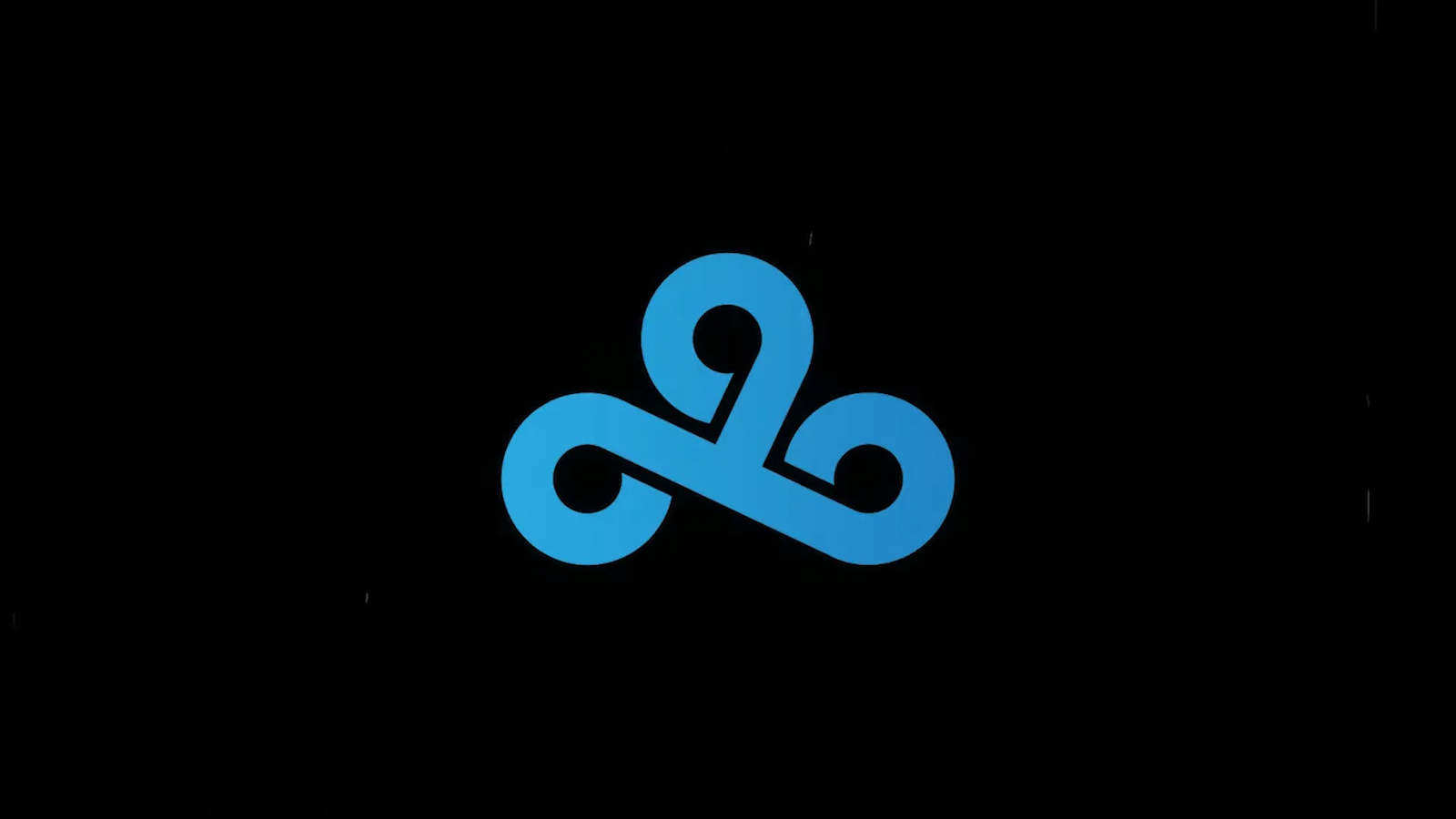

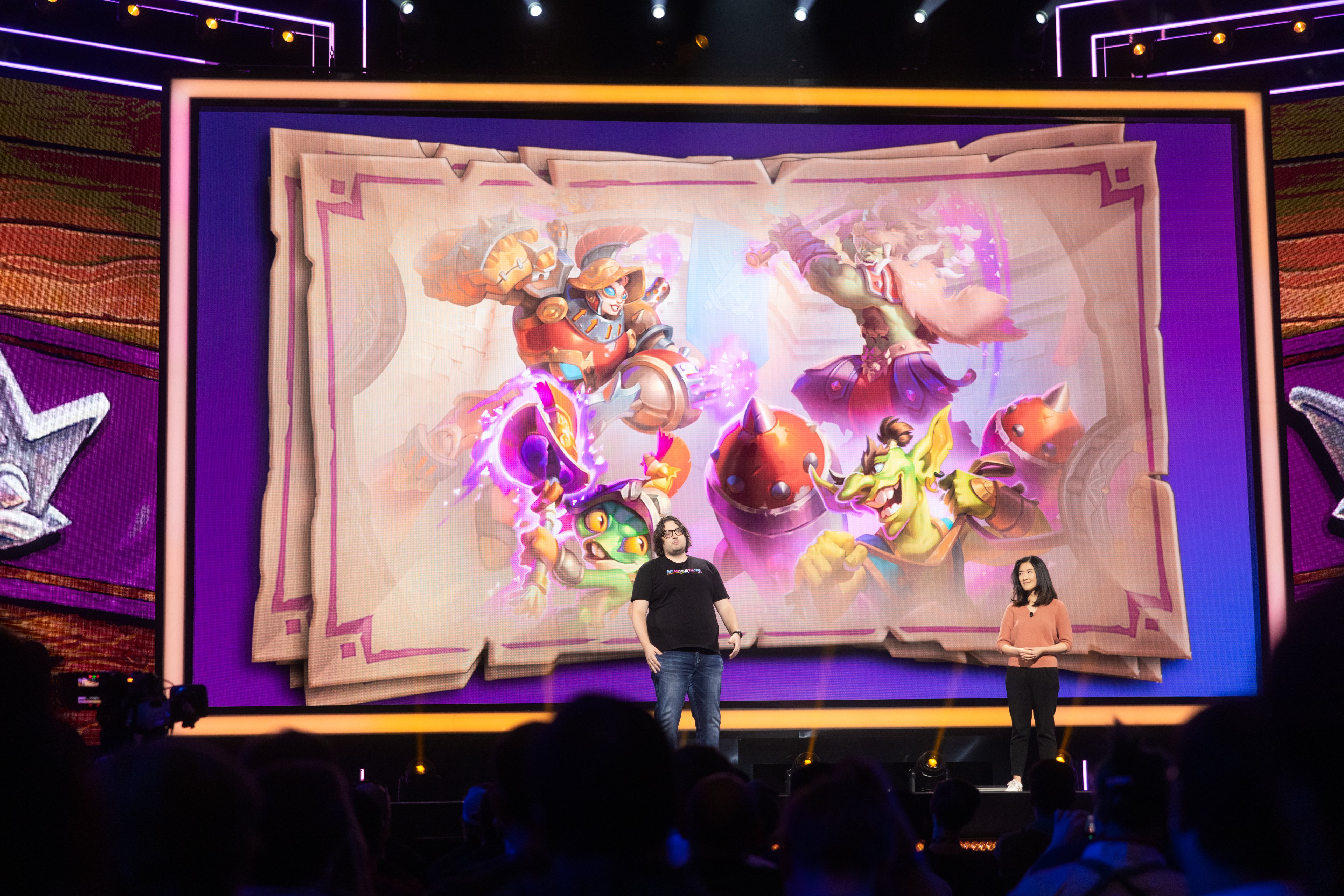
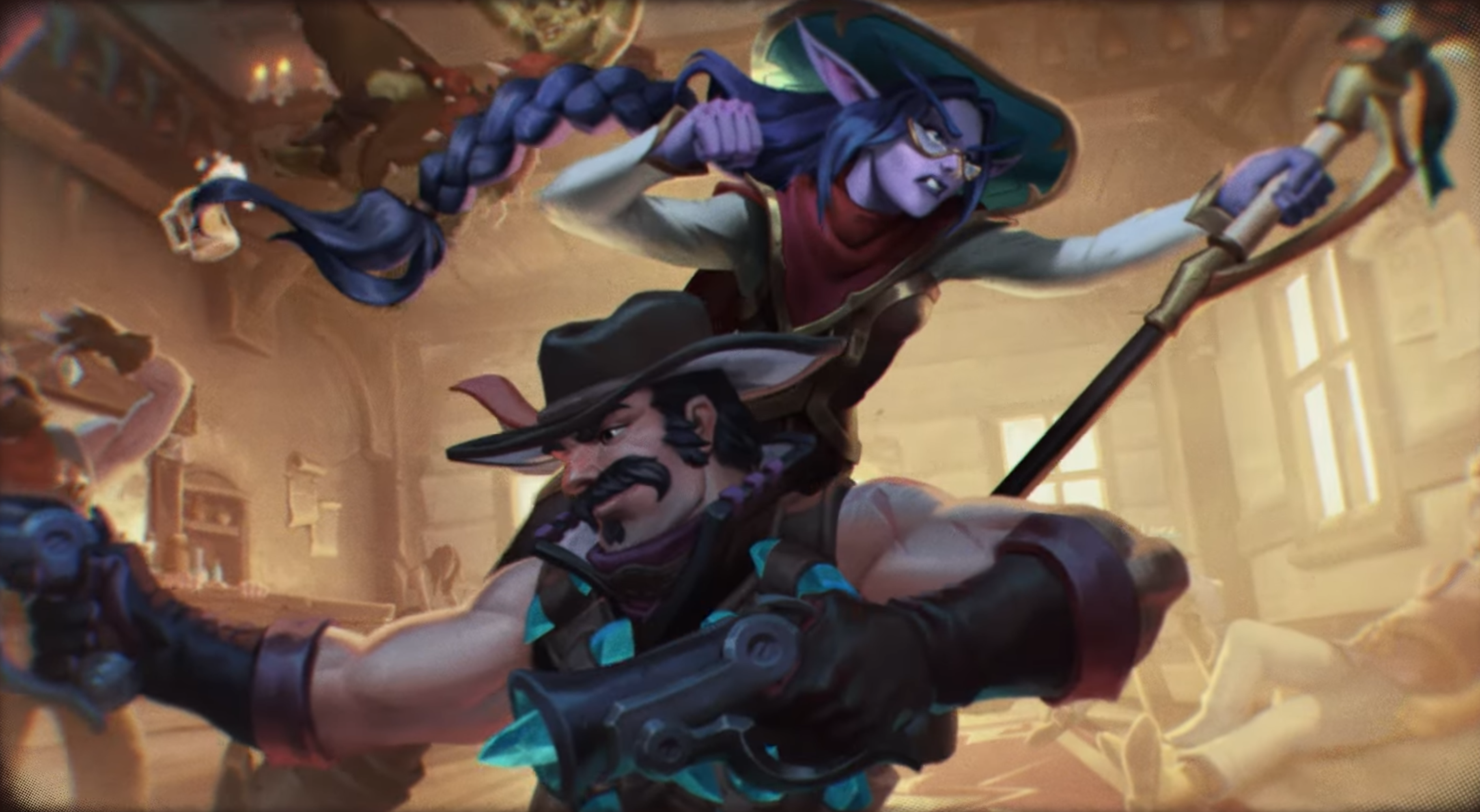
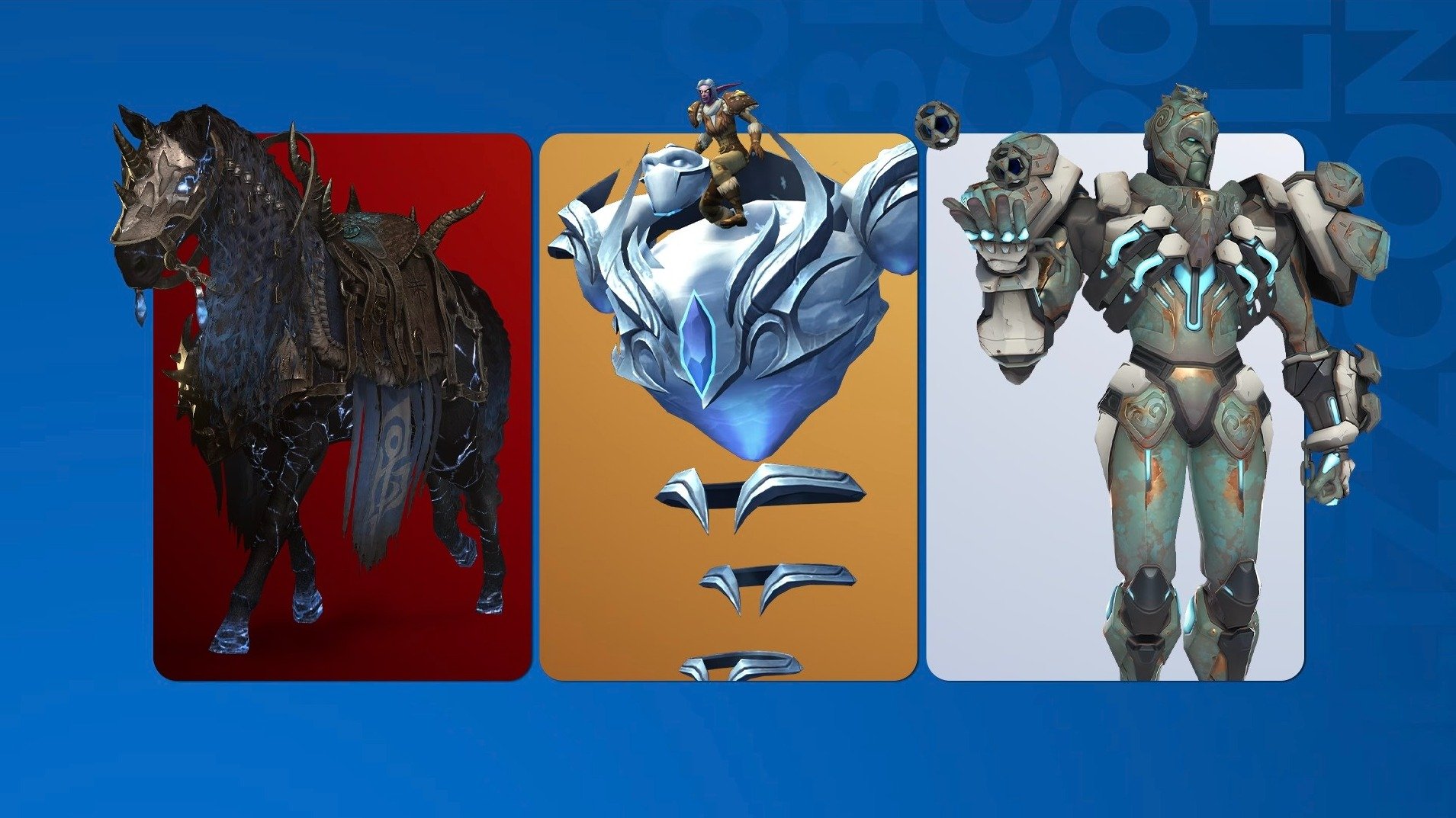
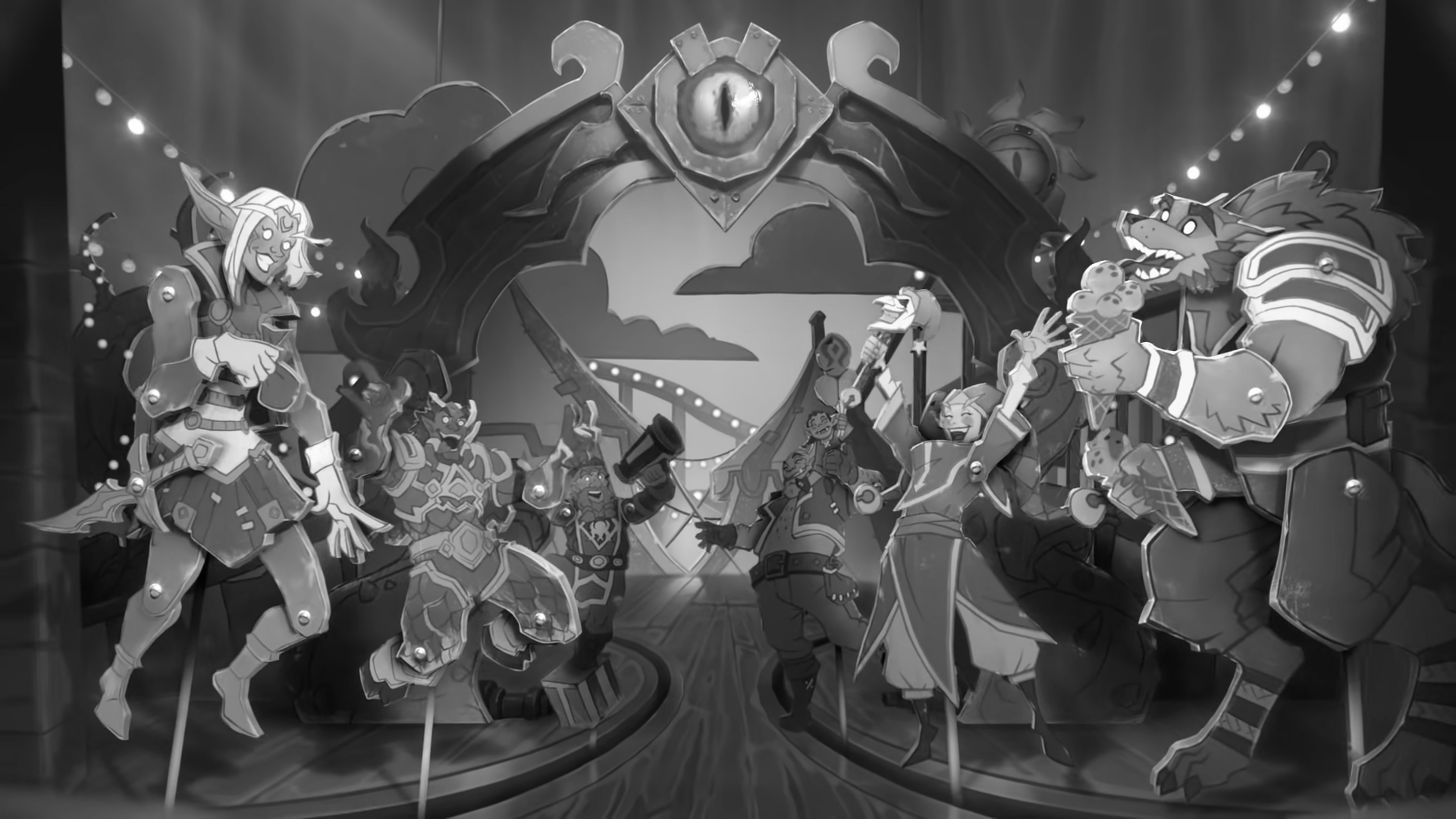
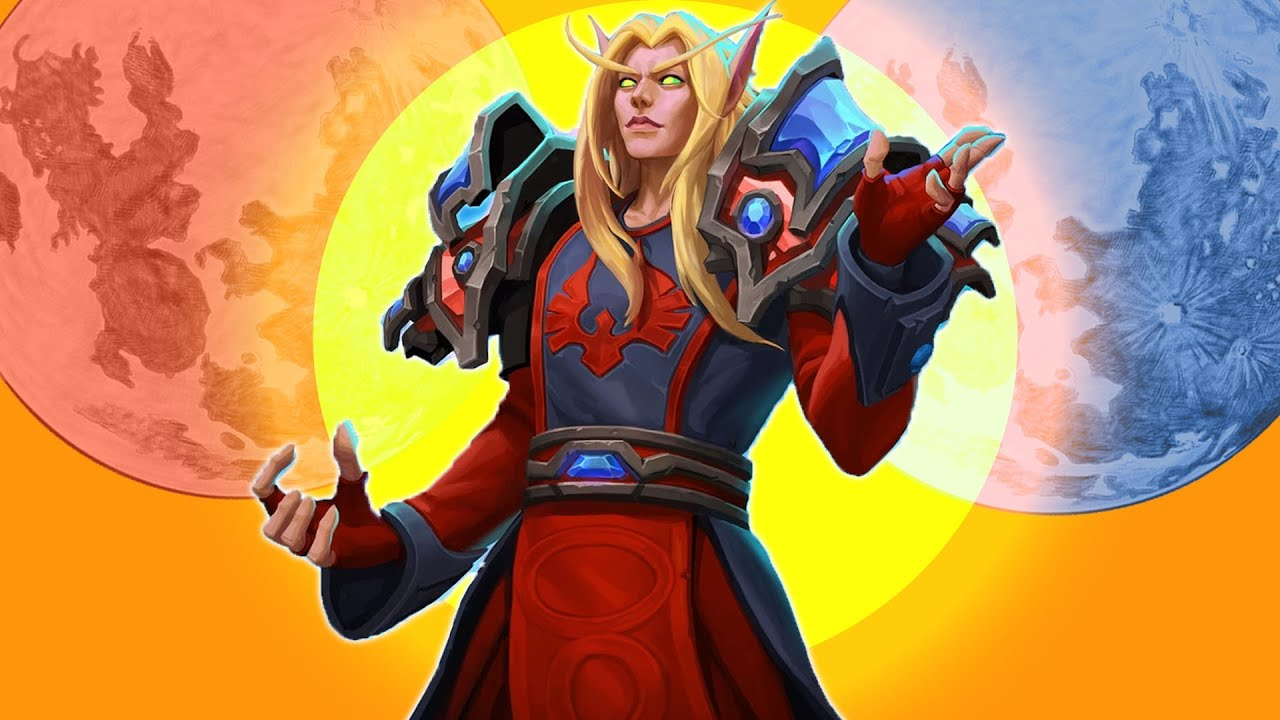
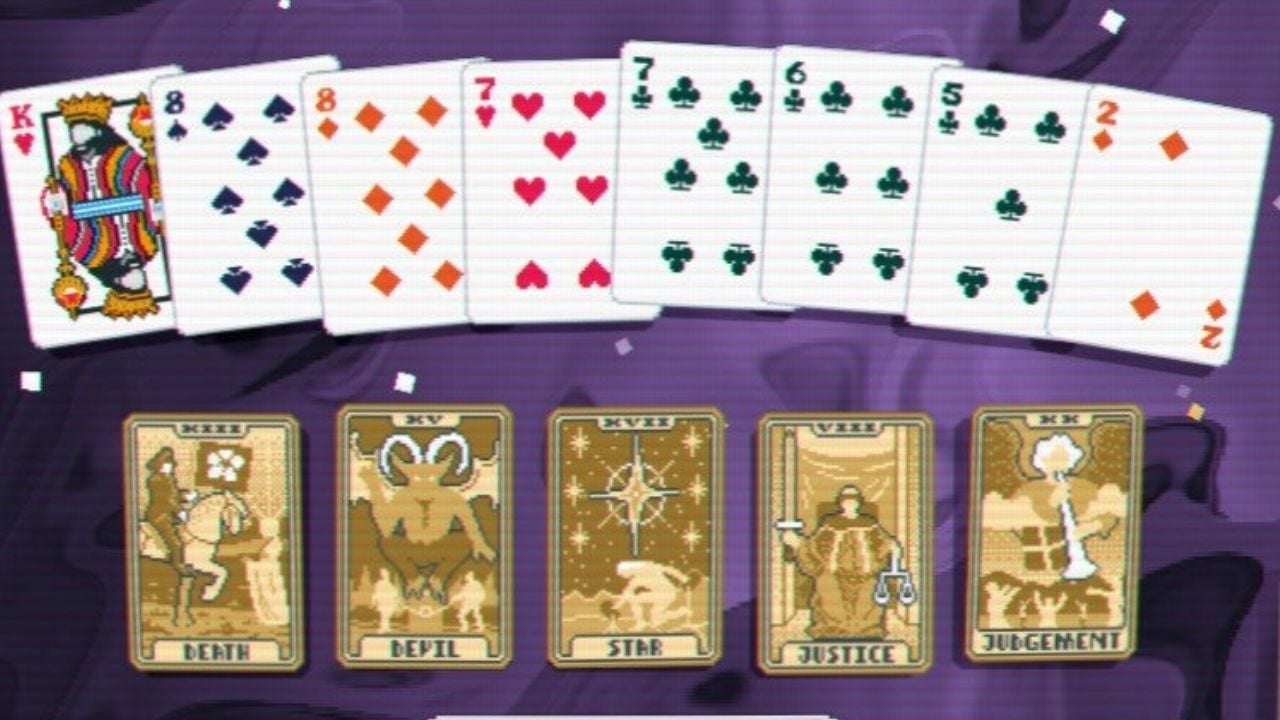
Published: Apr 7, 2015 08:27 am